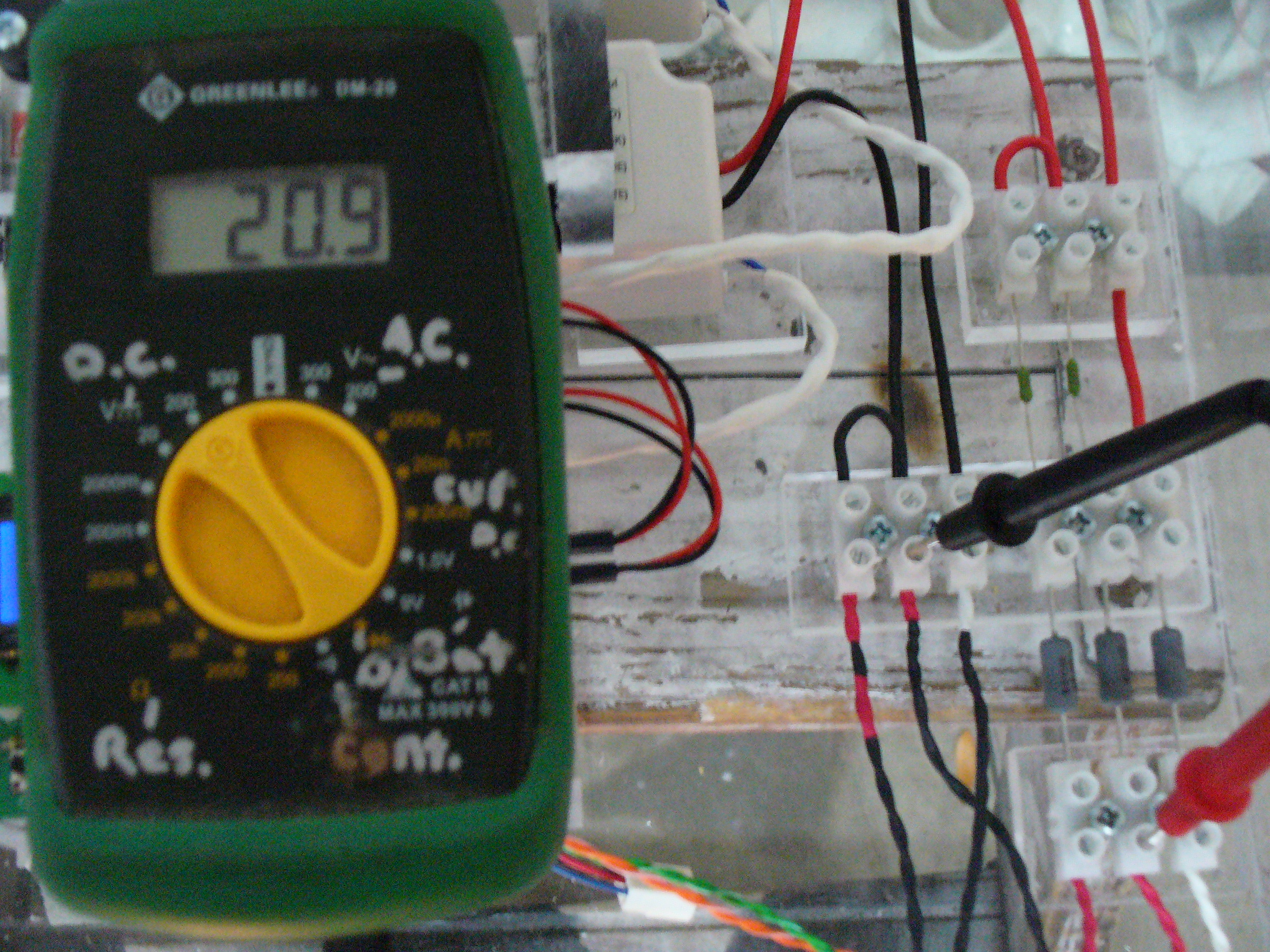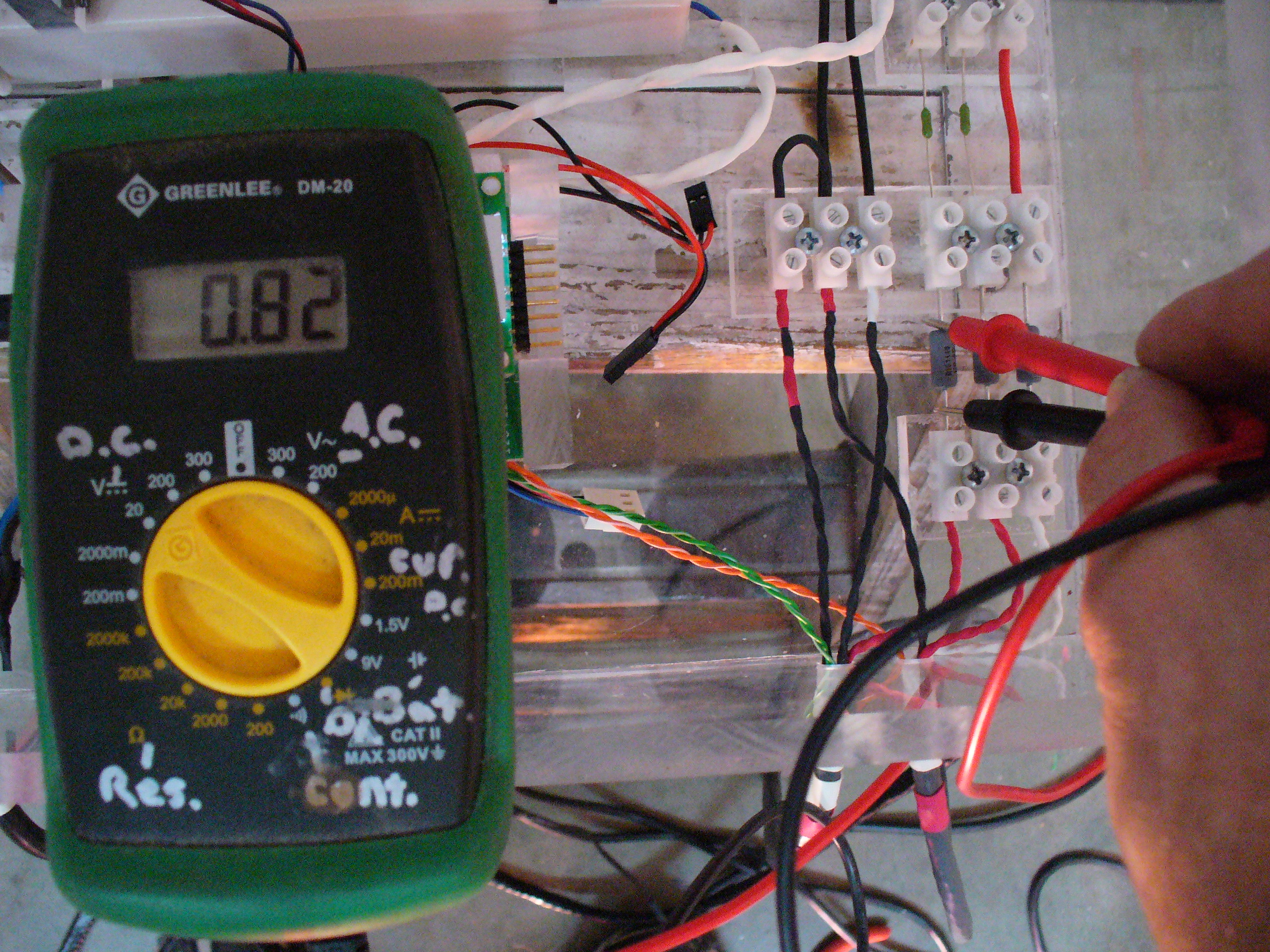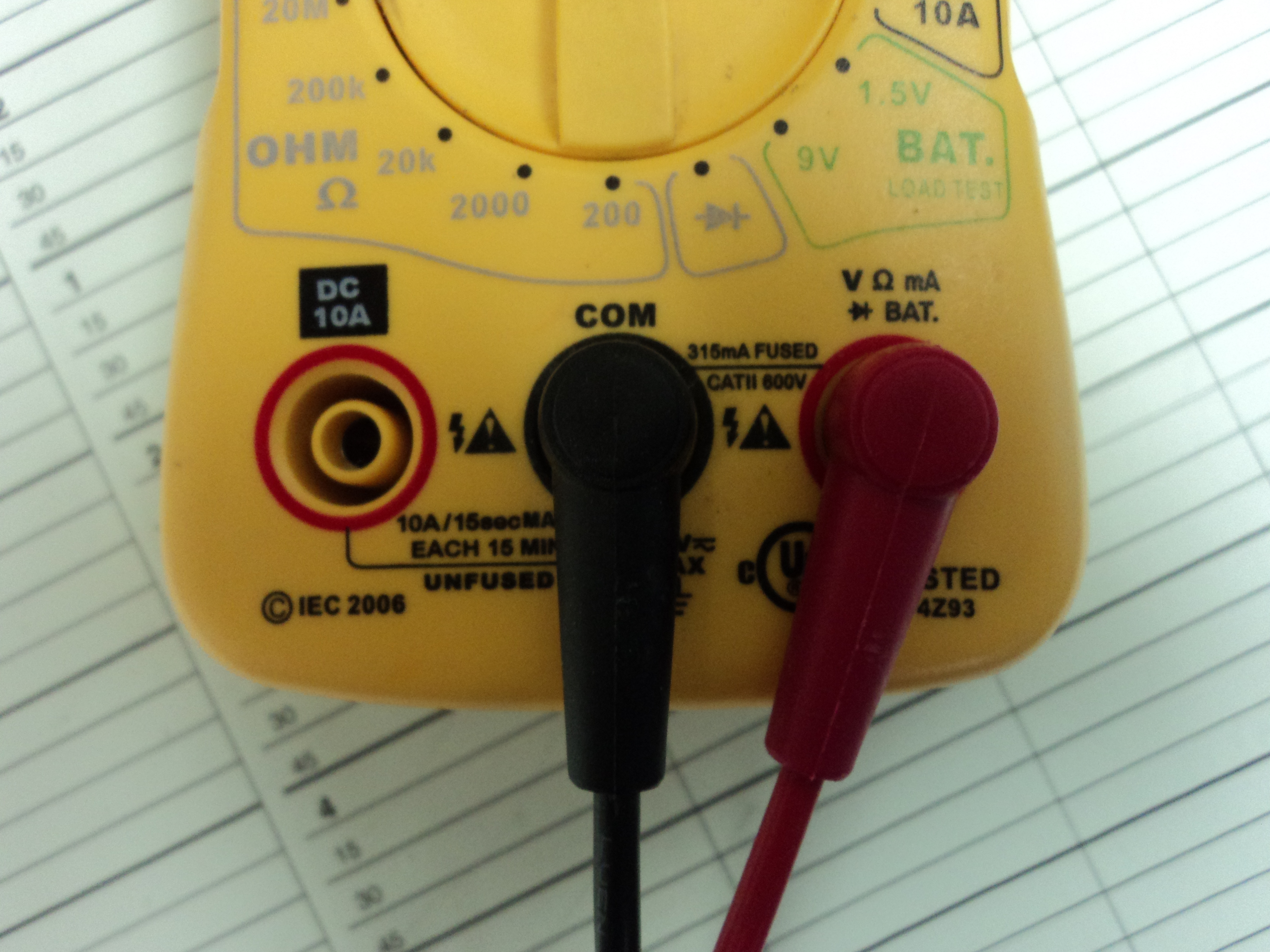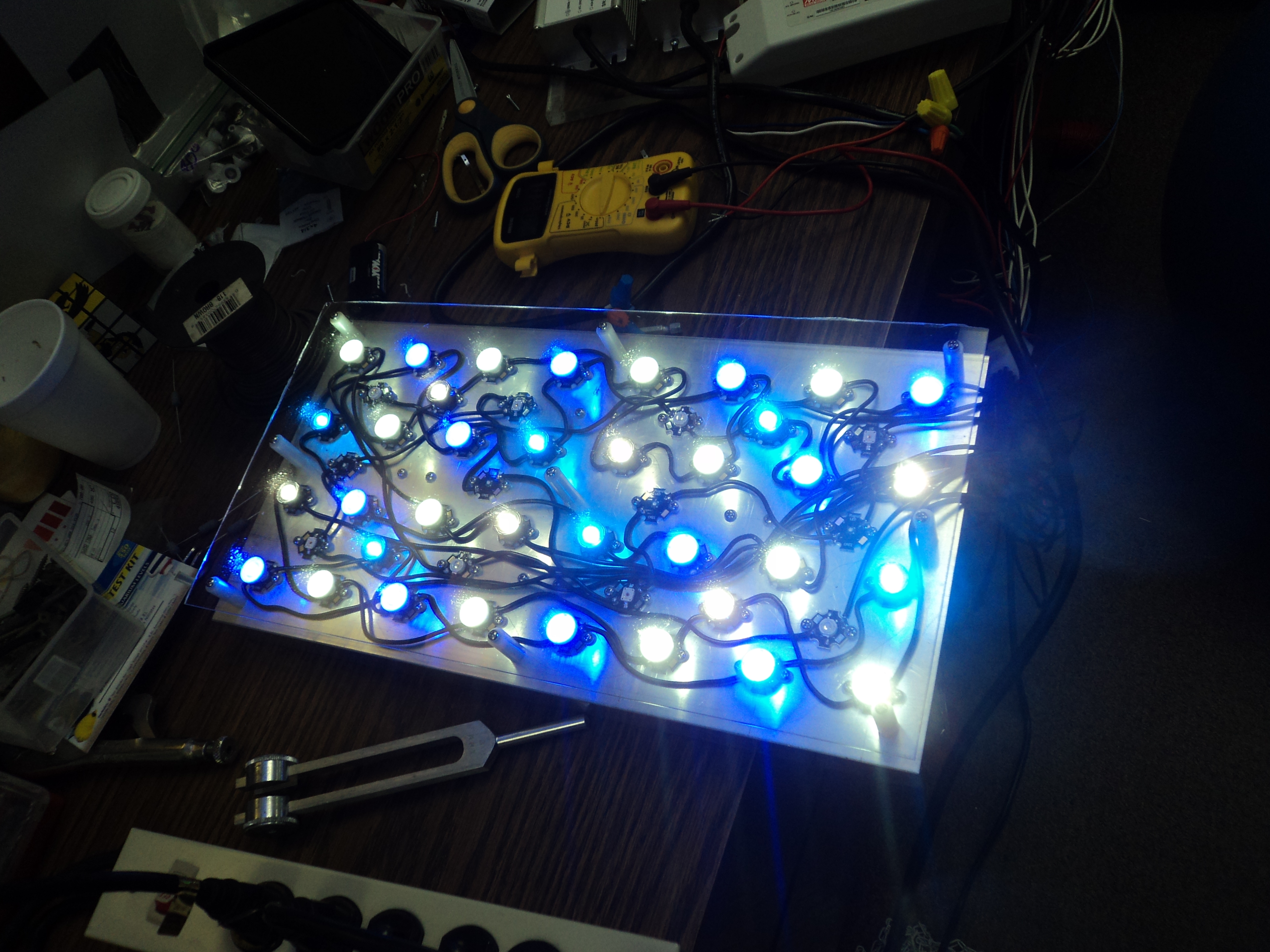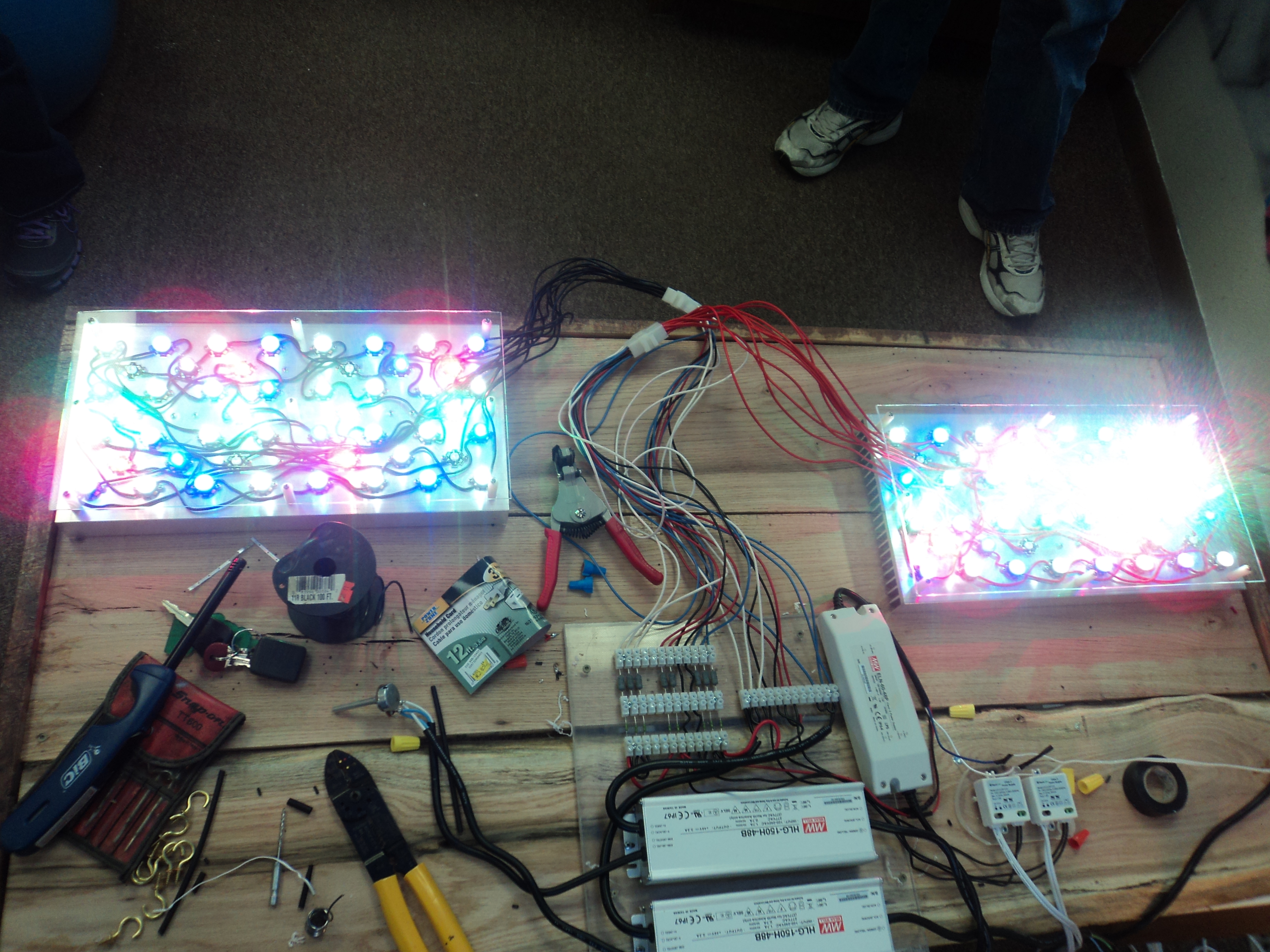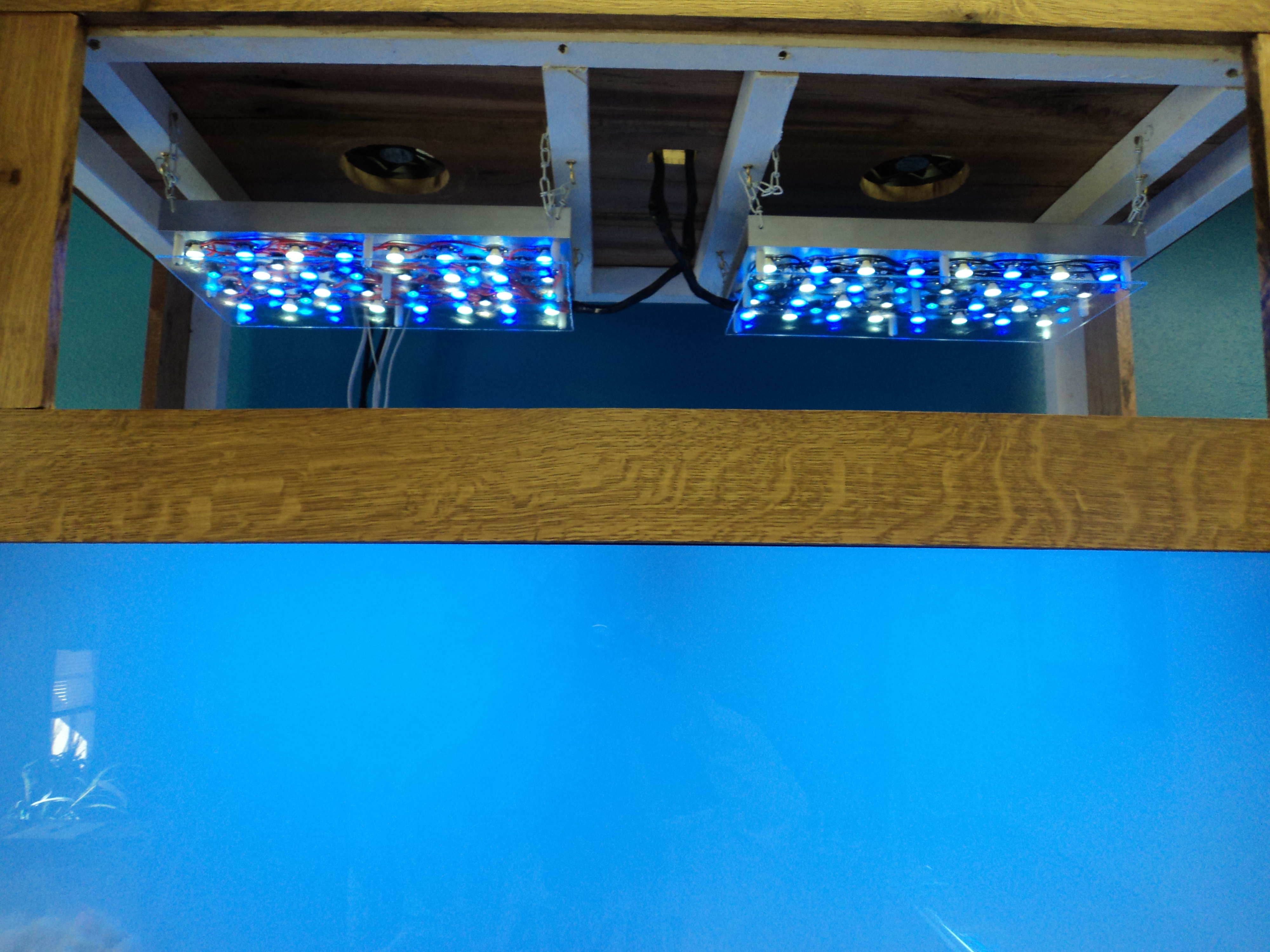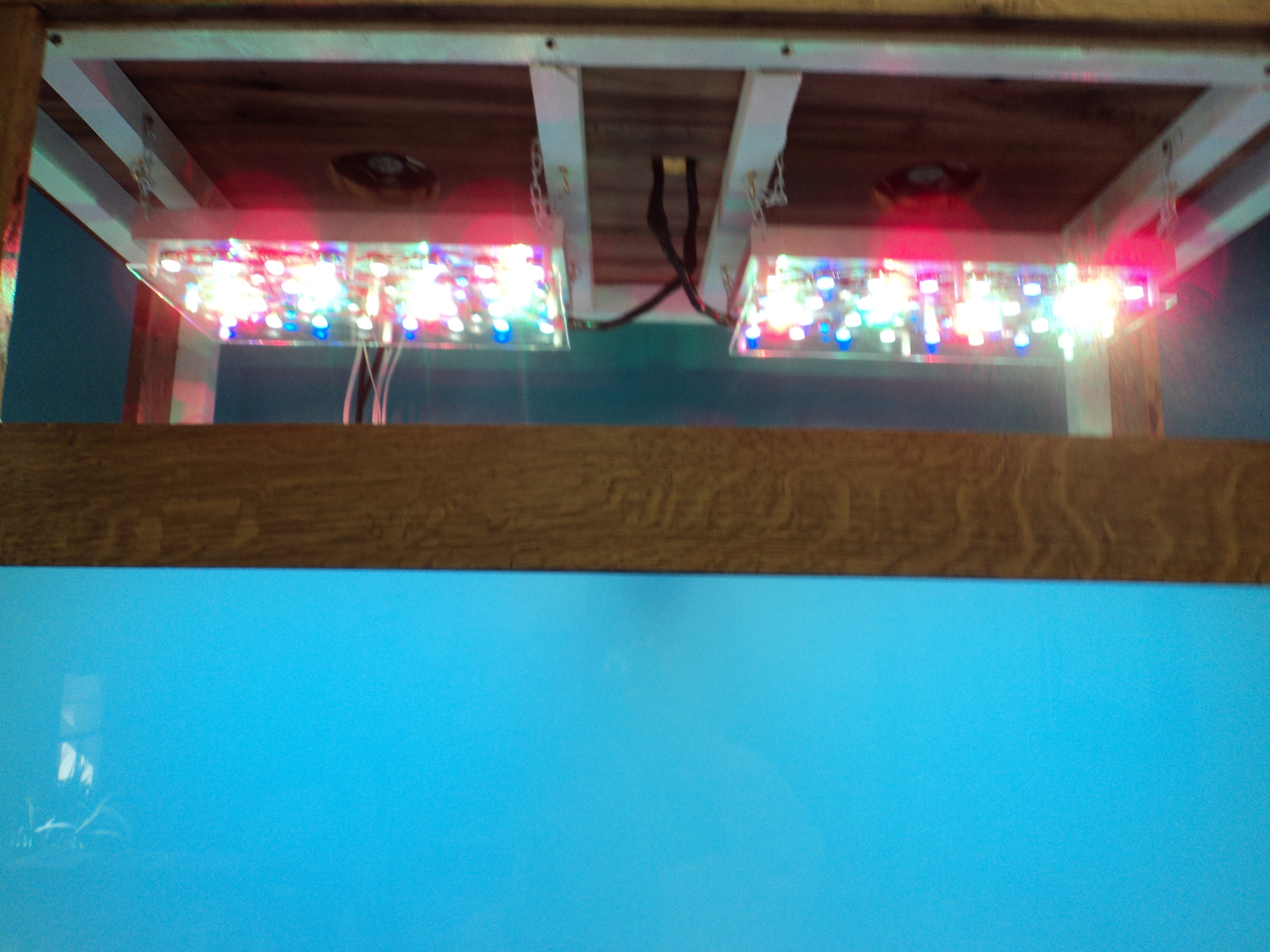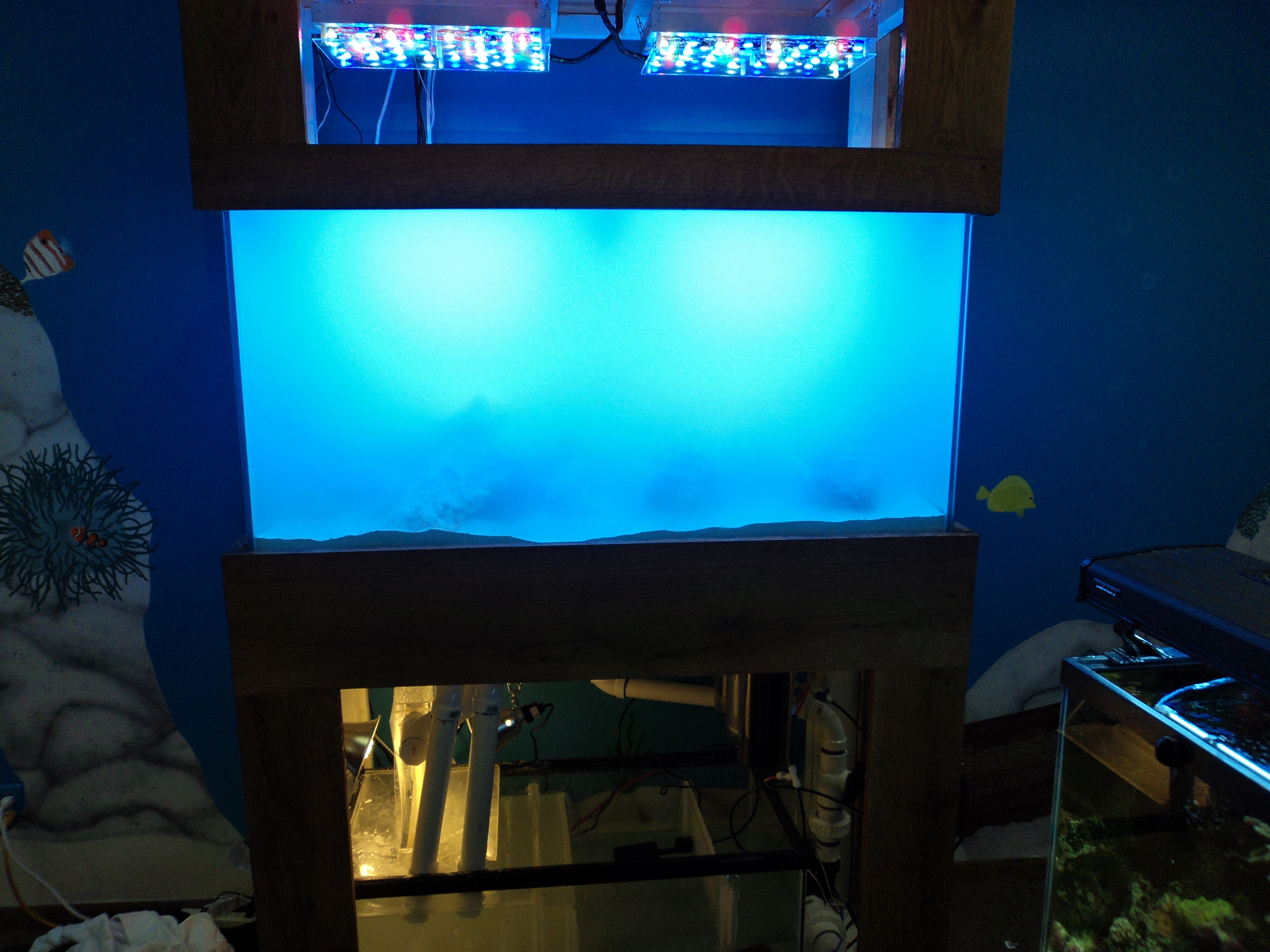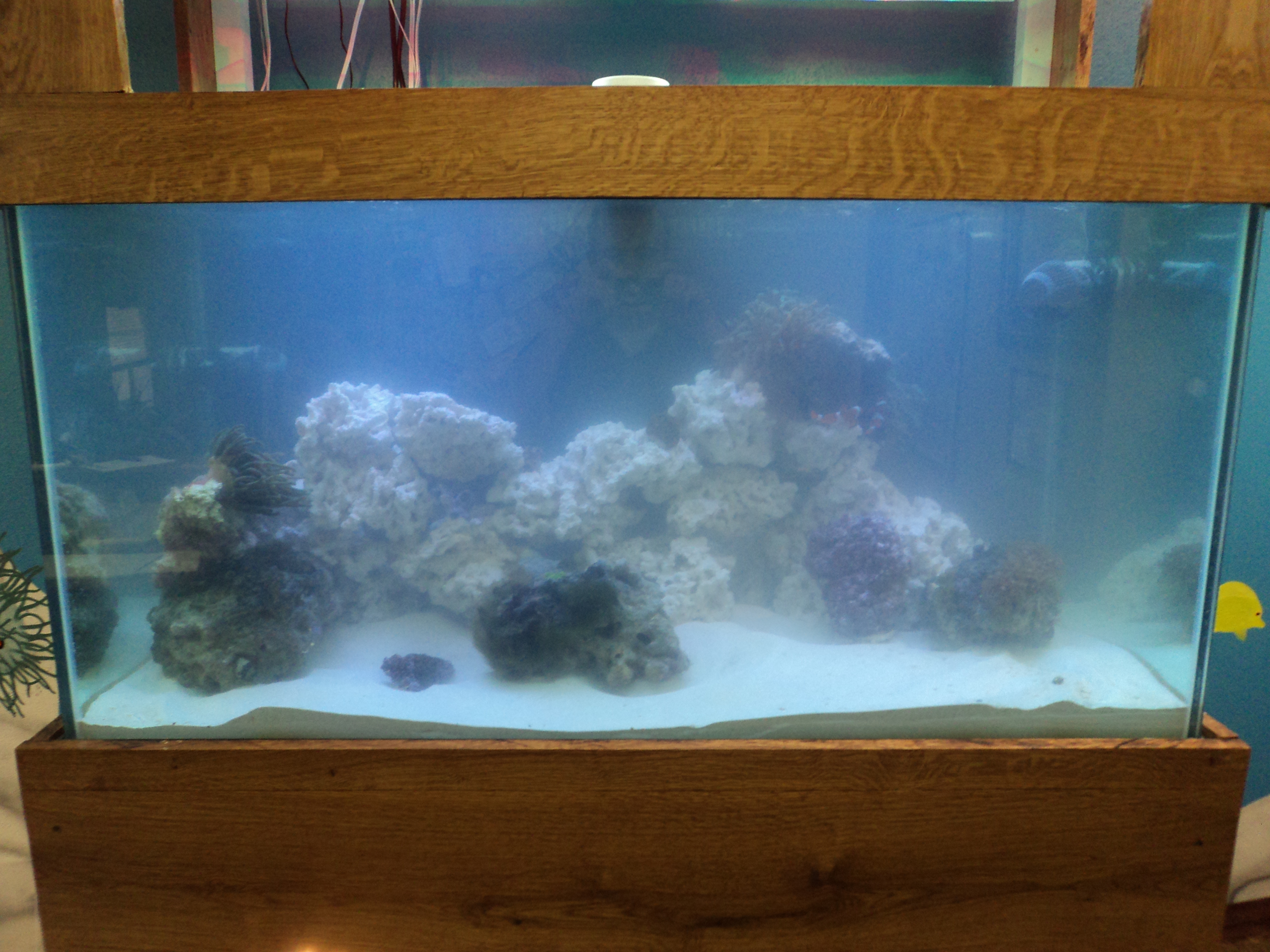Quote:
Originally Posted by
Cipher43 http:///t/390510/ciphers-diy-120-and-75-gallon-led-build/60#post_3464837
Main complaint I have is I can't use the typhoon controller or arduino to run the sunrise and set. Still not sure on the dimm4 and if its a good unit. The good part about the drivers is I have plenty of head room for how much i can turn them up cause I only have them at 1/2 to 3/4 of the way up and they are set to 850mA. BTW what would you suggest setting the lights to now that all the bugs are worked out. 850 mA good or should I go higher?
Honestly, I've looked around and couldn't find any bad reviews on the Dim4. They're pretty much the same thing, both are bare bones pcb's with, chips, capacitors and resistors just like the Typhon. I'm pretty sure all the Dim4 is doing is simply filtering 5 volt pwm output essentially smoothing out the modulated wave form of the signal thus converting it to analog signal and then amplifying it to get the 10v.
I wouldn't rule out ALL of the other PWM controllers out there. The issue that myself and a couple others have seen are with the Typhon. And the reason being is the way that the Typhon was designed and how hardware was used to create the 10v channels. When the guy originally designed it what he did was simply take the 5 volt pwm capabilities of the Arduino and amplified them by created a
floating circuit using capacitors and transistors directly off of the Typhons AVR chip. This floating signal is called so because it's not grounded. This is specific to the Typhon. The Typhon's creator thinks this signal that is not grounded is what is causing the issue with the Meanwell drivers not being able to interpret it properly. The drivers dimming circuit, if it's OPEN or the wires are not connected to anything the drivers will run at 100%. And that's what our drivers are doing when connected to the Typhons 10v channels. The drivers simply run 100% as if there is no resistance.
But the Typhons 5 volts pins (channels) are grounded and the Meanwells will work just fine on the 5 volts pwm channels.
So I'd think you're safe if you wanted to use another PWM controller or build your own Arduino controller to either run analog signal or amplify the arduino's 5v pwm signal another way (with an OPAMP), perhaps. I'm still trying to work out a way to take the Typhon and amplify the 5 volt channels to 10 volt. I know there's a simple way but I'm still trying to work that out. It's on the back burner right now. I'm going to use the Typhon the way it is for now on my scrubber build because honestly I think I have too much light anyway. Probably won't need to go higher than 50% when I can put the lights within an inch or two of the scrubber if I want.
With the lights I'd start low (maybe 350mA'ish) and go from there. When ever you add a new coral try to be mindful of where it's coming from and what type of lighting it's been growing under. Adjustments to spectrum and intensity should always be a gradual acclimation whenever possible. Less stress the better. Good thing is you have a pretty full spectrum fixture going there so that's going to help make things easier I'd hope.
